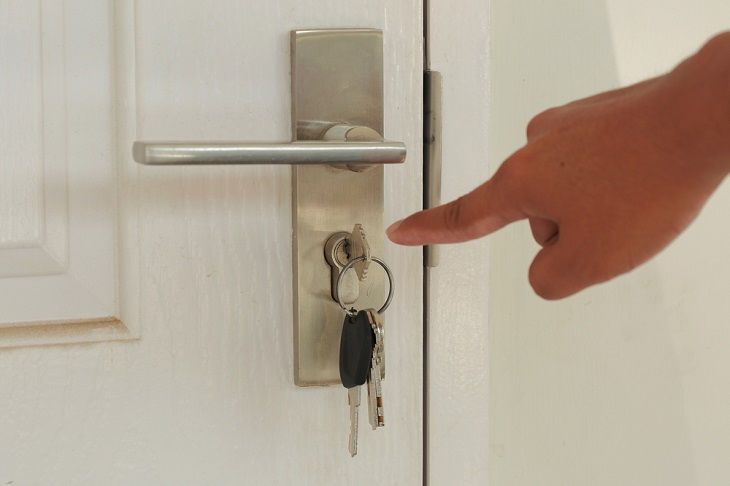Comprehensive Guide to Safety in Welding and Fabrication
- David Fenton
- Mar 5
- 3 min read
Updated: Nov 6
Welding and fabrication are essential skills in construction, manufacturing, and repair, but they come with significant risks. From electric shocks to toxic fumes, the hazards in this field demand a strong commitment to safety. This guide will help you understand the importance of safety in welding and fabrication, the common hazards, and the steps you can take to protect yourself and your workspace.
Why Is Safety Important in Welding and Fabrication?
Safety in welding and fabrication is critical to prevent injuries and long-term health issues. Welders face risks like electric shocks, burns, eye damage, and exposure to harmful fumes. Without proper precautions, these hazards can lead to serious accidents or chronic health problems.
A safe workspace not only protects individuals but also fosters a positive work environment. Preventing accidents is far more cost-effective than dealing with their consequences. By prioritising safety, you ensure a productive and secure workplace for everyone involved.

Essential Personal Protective Equipment (PPE):
Welding Helmets and Face Shields: Auto-darkening helmets protect your eyes from harmful UV and infrared rays. Pair them with safety glasses for added protection against debris.
Protective Clothing and Gloves: Wear flame-resistant jackets, trousers, and gloves made from 100% cotton or specialised materials. Heat-resistant gloves and sturdy boots with toe caps are also essential.
Respiratory Protection: Use respirators to guard against toxic fumes. For low-fume jobs, disposable masks may suffice, but for enclosed spaces, opt for half-face or full-face respirators with replaceable filters.
Ear Protection: Loud noises in welding and fabrication can cause hearing loss. Wear earplugs or earmuffs with a high noise reduction rating (NRR) to protect your hearing.
Best Practices for a Safe Welding Environment:
Proper Ventilation: Ensure your workspace has adequate ventilation to remove harmful fumes. Use fume extractors or local exhaust systems if natural airflow is insufficient.
Safe Material Handling: Store gas cylinders upright and secure them properly. Keep welding rods dry and organise metal stock to avoid confusion.
Regular Risk Assessments: Conduct routine risk assessments to identify and address hazards. Update these assessments whenever there are changes in equipment or processes.
Housekeeping: Maintain a clean and organised workspace to prevent accidents. Remove scrap metal, clean spills, and store tools properly after use.

Regulatory Standards in Australia:
AS/NZS Welding Codes: Australia follows AS/NZS standards for welding safety, covering equipment testing, ventilation requirements, and PPE specifications. Familiarise yourself with these codes to ensure compliance.
Employer and Worker Responsibilities: Employers must provide a safe workspace and training, while workers must follow safety protocols and report hazards. Collaboration is key to maintaining a safe environment.
Equipment Inspections: Inspect welding equipment regularly for wear and tear. Replace faulty cables and components immediately to prevent accidents.
Emergency Response and First Aid:
Electric Shock: Turn off the power source immediately and avoid touching the victim with bare hands. Administer first aid and call emergency services if needed.
Burns and Eye Injuries: Cool burns under running water and cover them with sterile dressings. For eye injuries, rinse with clean water and seek medical attention.
Fire Safety: Keep fire extinguishers accessible and train staff on their use. Establish clear evacuation routes and conduct regular fire drills.
Ongoing Training and Professional Development
Accredited Courses: Enrol in accredited welding courses to stay updated on safety regulations and techniques. These qualifications enhance your skills and career prospects.
Refresher Sessions: Regular safety training combats complacency and reinforces best practices. Encourage open communication and continuous learning in your team.
Advanced Certifications: Pursue advanced certifications to specialise in areas like TIG welding or pipeline welding. These credentials demonstrate your expertise and commitment to safety.

Conclusion:
Safety in welding and fabrication Brisbane is non-negotiable. By understanding the hazards, using proper PPE, and following best practices, you can create a secure and efficient workspace. Regular training, equipment maintenance, and adherence to Australian standards further enhance safety.
Investing in safety is investing in yourself and your craft. Start by organising your workspace, updating risk assessments, and ensuring your PPE is up to standard. With a proactive approach, you can minimise risks and focus on delivering high-quality work in welding and fabrication. For the best welding and fabrication service across Brisbane, prioritise safety and professionalism to ensure exceptional results.
For more information about us, please refer to the details below:
Business Name: Biddeston Engineering
Address: 984 Oakey Biddeston Rd, Biddeston QLD 4401, Australia
Tel: 0400 395 548



















Comments